Are you looking for quick and effective maths activities for maths groups or maths rotations? If you are, then you’ve come to the right place!
The frugal paddle pop stick offers so many opportunities for hands-on learning. Take a look at this video to find out how you can use them as a part of your maths activities.
Dotty Pops
So, let’s get started with Dotty Pops! This simple and effective idea can be used in so many ways! I used coloured sticky dots and basic paddle pop sticks that can be purchased from most bargain stores. Also, I opted to use the larger size paddle pop sticks.
You can use Dotty Pops to teach:
- One-to-one correspondence – ask your student to practise counting the dots by pointing to them.
- Ordering – ask your students to order the sticks from the smallest number of dots to the largest and vice versa.
- Represent and solve simple addition and subtraction problems – ask your students to select two sticks from a mystery bag and create the number sentence with them.
Take a look at our Whole Number Operations learning area for more brilliant teaching resources that your students will love!
Paddle Pop Multiples
Do your students need to consolidate their knowledge of multiplication facts? Paddle Pop Multiples can be used in lots of different ways when your students are learning to multiply numbers and apply multiplication strategies.
I love to use Paddle Pop Multiple sticks in conjunction with the posters and worksheets included in our Multiplication Gears Resource Pack. Here are a few activity ideas:
- Lead a whole class maths activity or maths warm-up by calling out a multiplication problem, for example, 5 x 3 =, and ask your students to hold up the correct paddle pop stick to reflect the product.
- Flip things around by calling out a product and encouraging your students to write the corresponding multiplication number sentence.
- Encourage your students to work with a partner to recall facts and show the correct paddle pop stick.
Don’t miss our Multiplication teaching resource collection.
Clip Counters
OMG, I totally love this maths activity that’s bursting with colour and magnetic fun! It’s so easy to create this cute paddle pop maths activity.
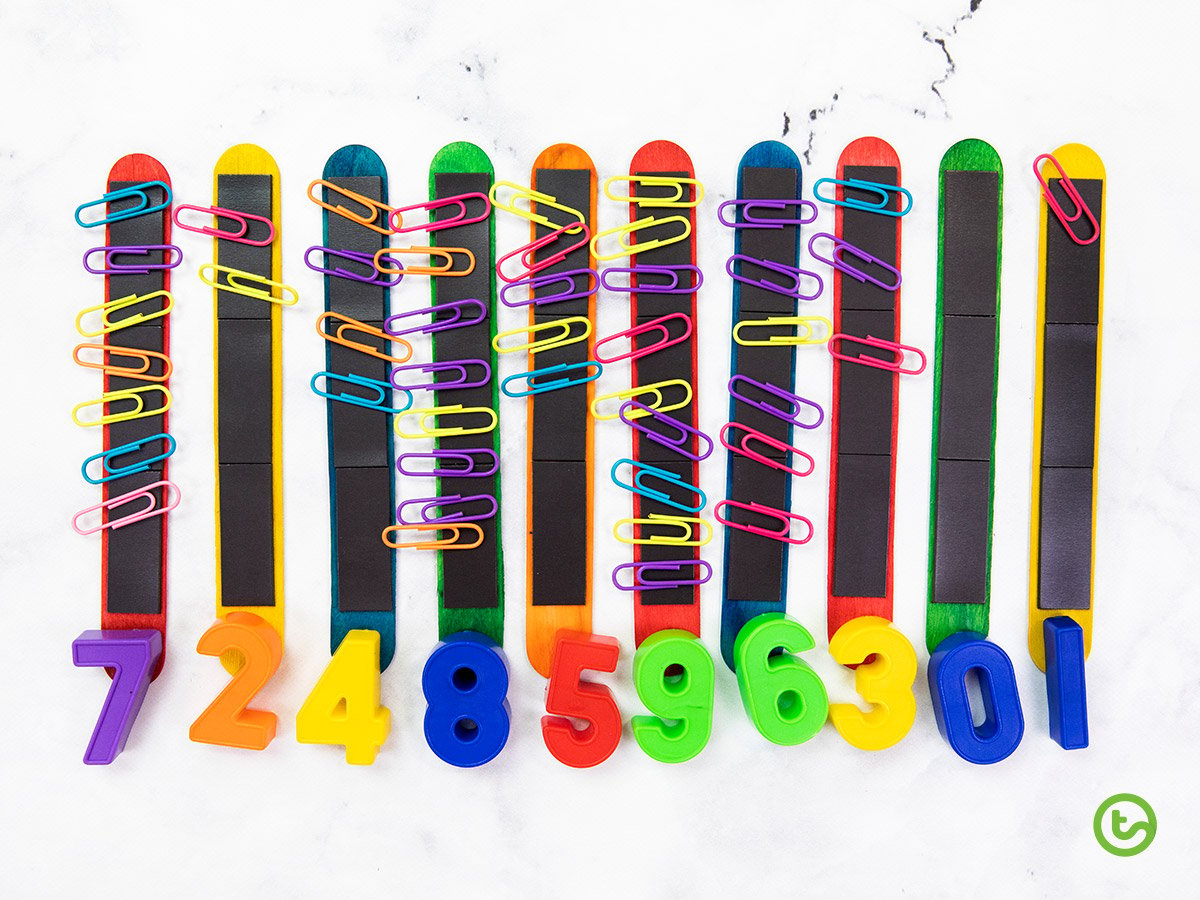
You will need:
- coloured paddle pop sticks (available in most discount/bargain stores)
- magnetic strips
- magnetic numbers
- colourful paper clips.
Teach smart and differentiate by giving your student the same learning tools, but mixing up the activity! For example four differentiated activities might include encouraging your student to:
- attach the correct number of paper clips to match the given number 0-10 ( in ascending order).
- arranging the correct number of paper clips to match the given number 10-0 ( in descending order).
- working with a partner to add a magnetic number and the correct number of paper clips (in random numerical order).
- doubling the magnetic number and attaching the correct number of paper clips.
Paddle Pop Puzzles
Your more confident learners are going to love Paddle Pop Puzzles. Just be sure to double-check your calculations!
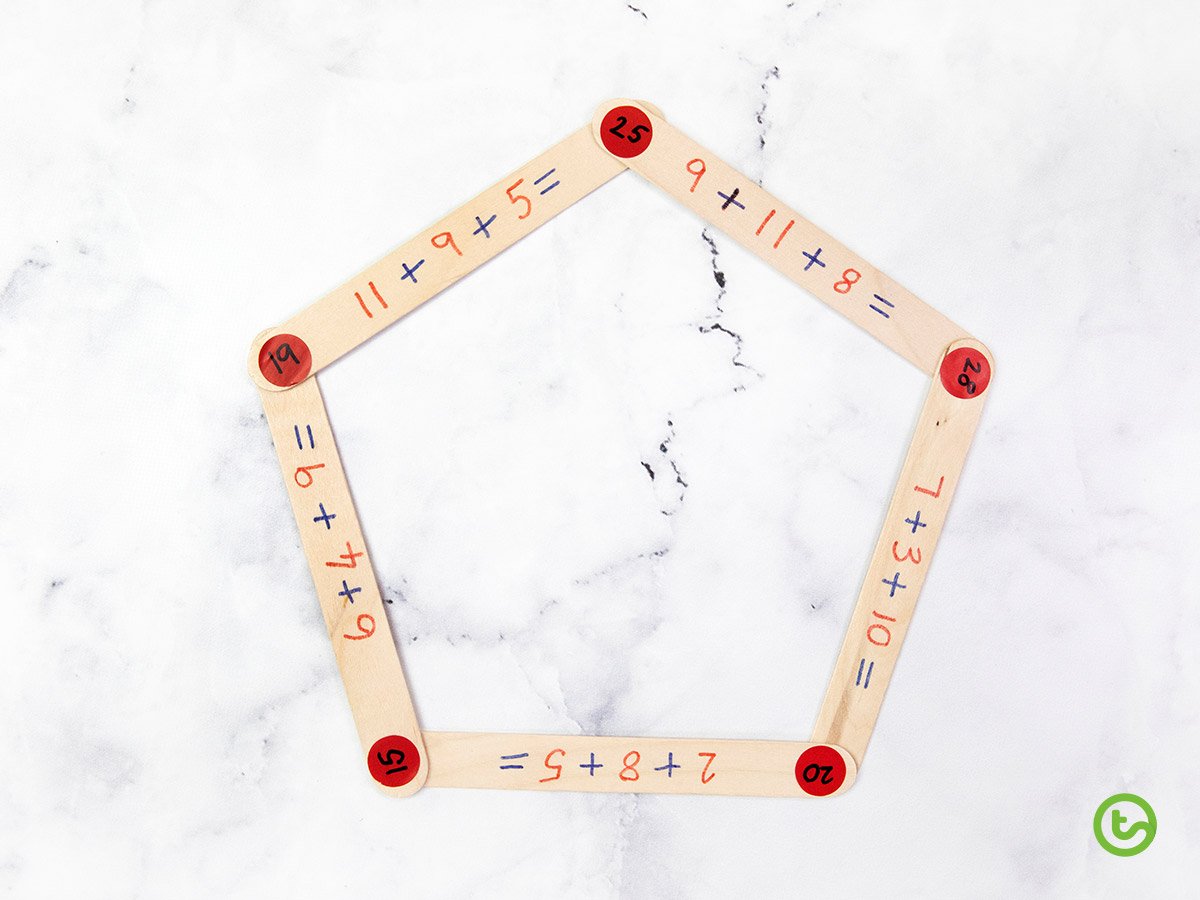
These paddle pop puzzles speak for themselves. Most importantly, this maths activity can be used to encourage higher-order thinking and problem-solving. You could even challenge your students to create their own. To get the richest learning experience, don’t give too much away. I tried this with my son and simply passed him the paddle pop sticks and asked – “what could we do with these?” It was fascinating to watch his brain ticking as he worked towards to solution.
Colour Code Sticks
This super simple idea is ideal to use as one of your maths rotation activities!
Early Years students can explore colour matching and pattern, while upper years can explore polygons and angles!
Shape Sticks
Are you teaching the names and properties of shape this term? Your students will love this hands-on maths activity! What’s more, it’s the ultimate maths group activity. Keep your Shape Sticks in labelled clip-lock bags and use them time and time again.
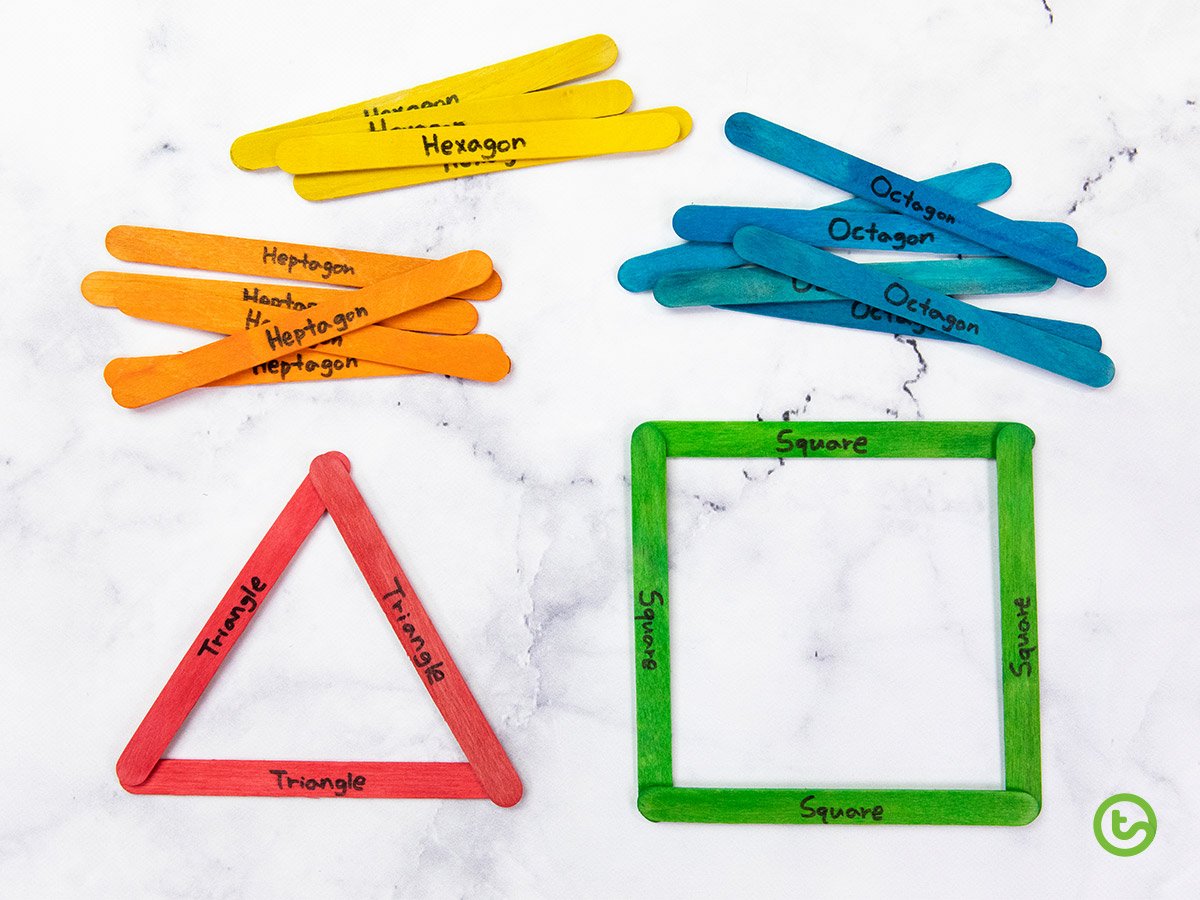
Your students will learn the names and properties of shapes. You can easily extend learning by encouraging more confident learners to measure the angle of the vertices!
To sum it up, if you aren’t using paddle pop sticks in your classroom already, it’s time! As you can see there are so many effective ways to use the frugal paddle pop stick to create engaging hands-on maths activities.
For more genius ways to use paddle pop sticks in tour classroom read Holly’s blog 9 Clever and Creative Ways to Use Paddle Pop Sticks in the Classroom.

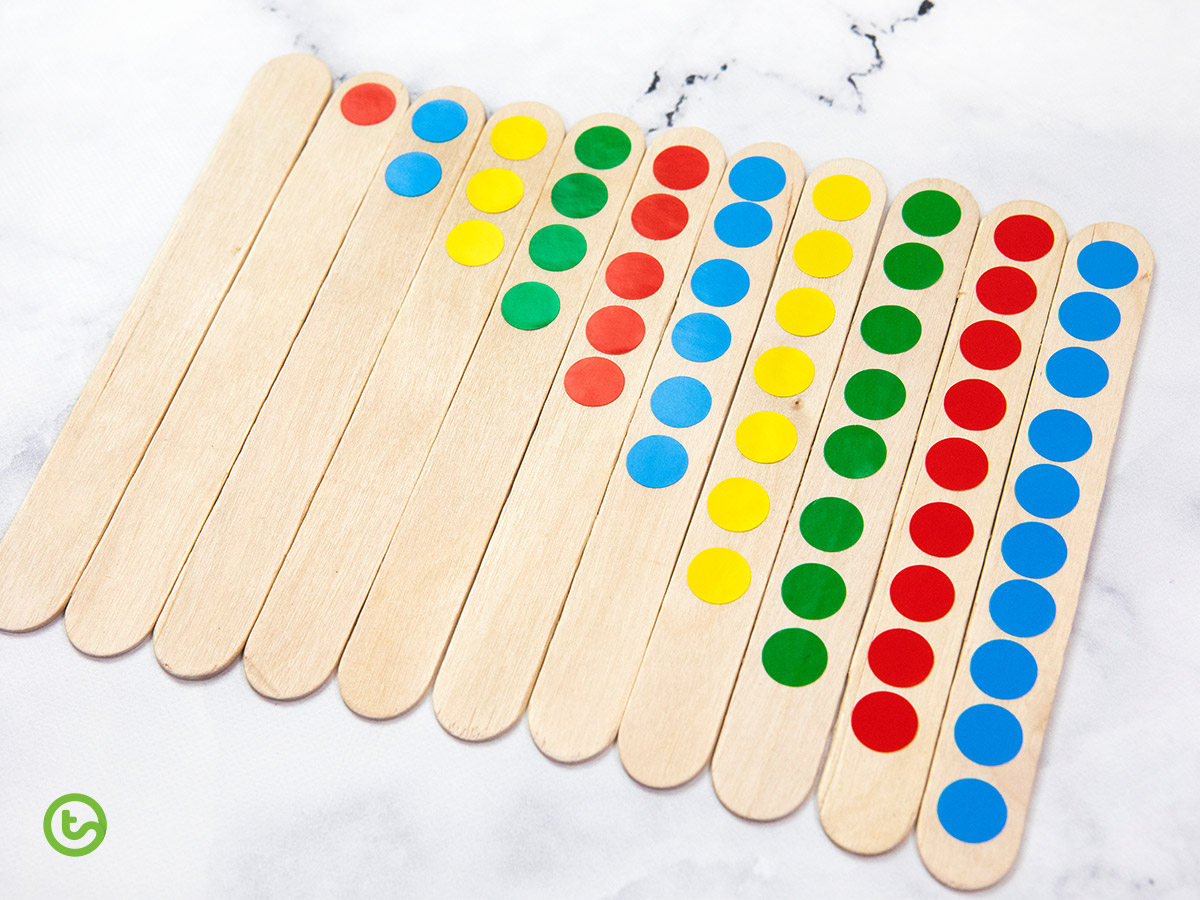
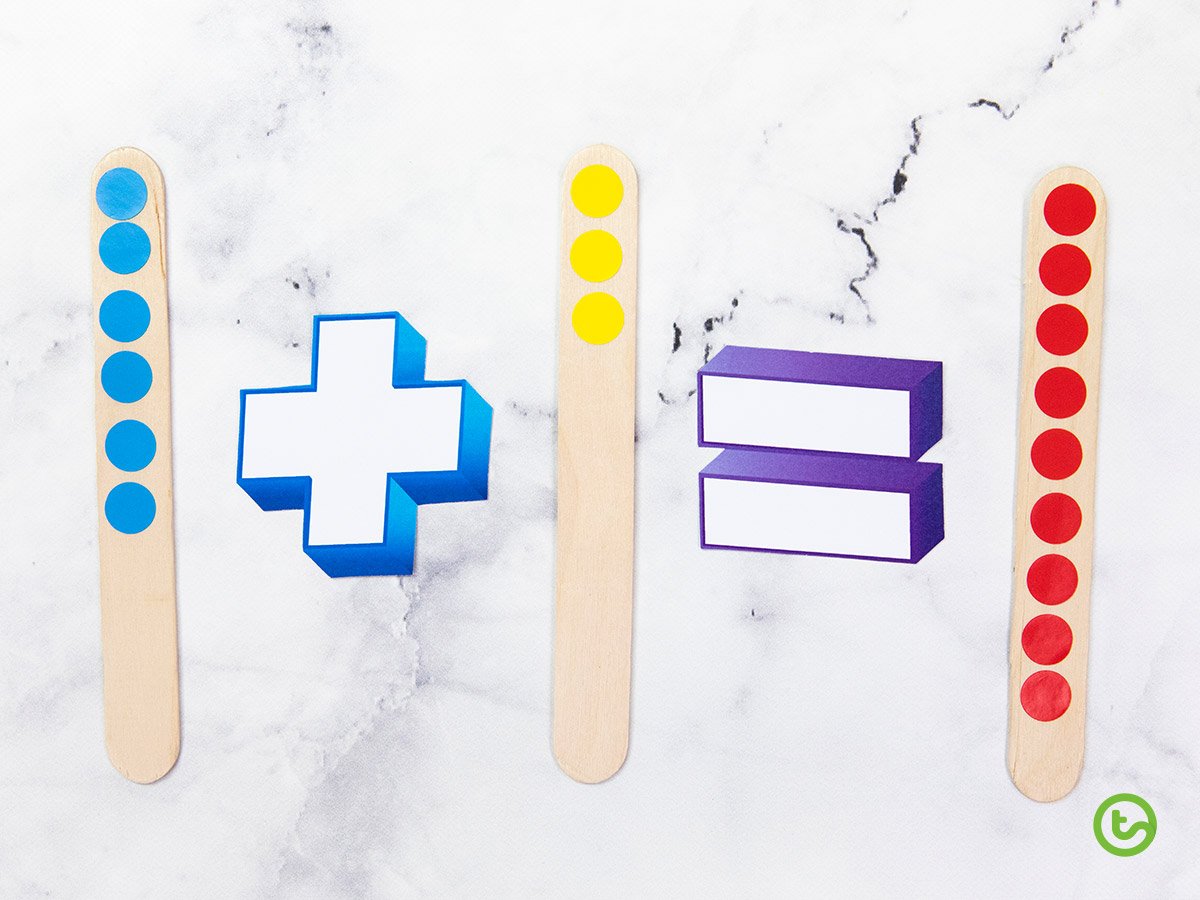
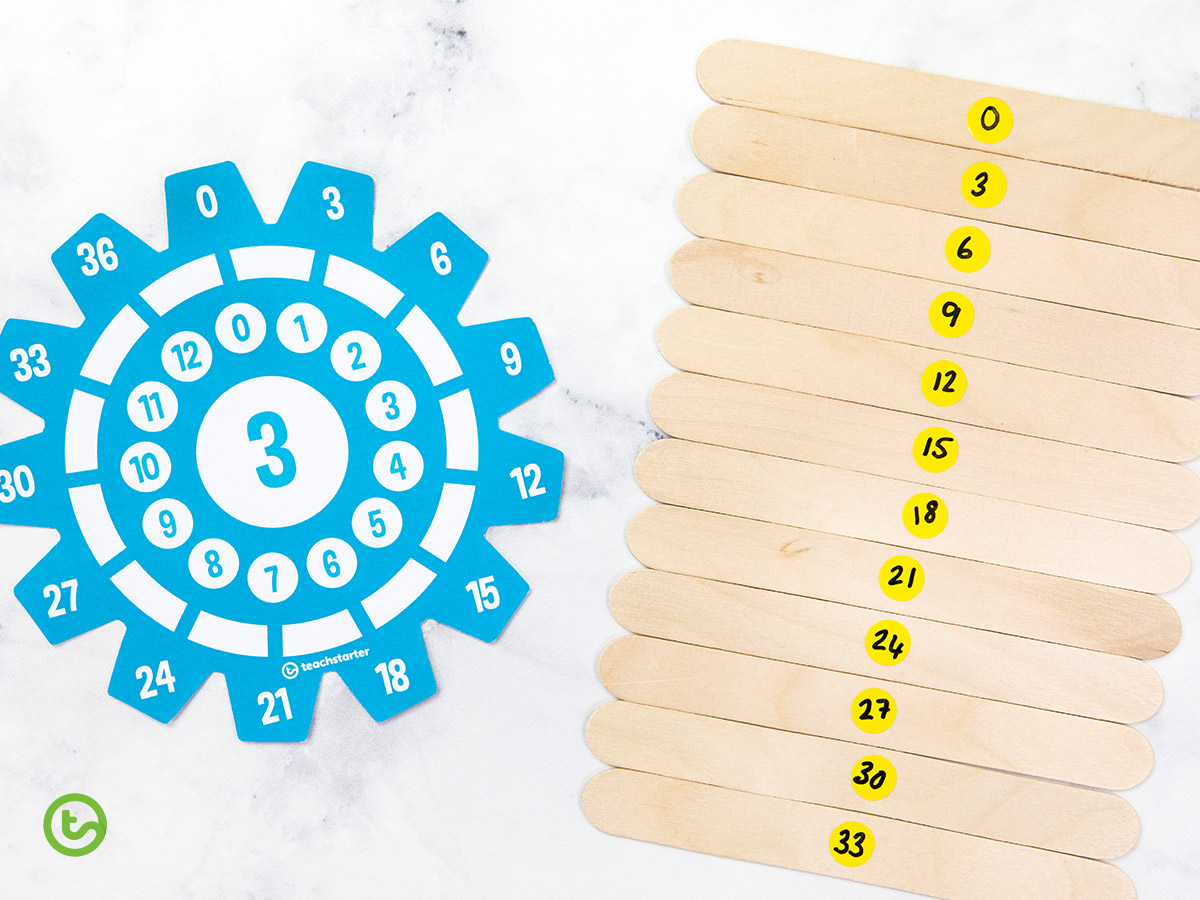
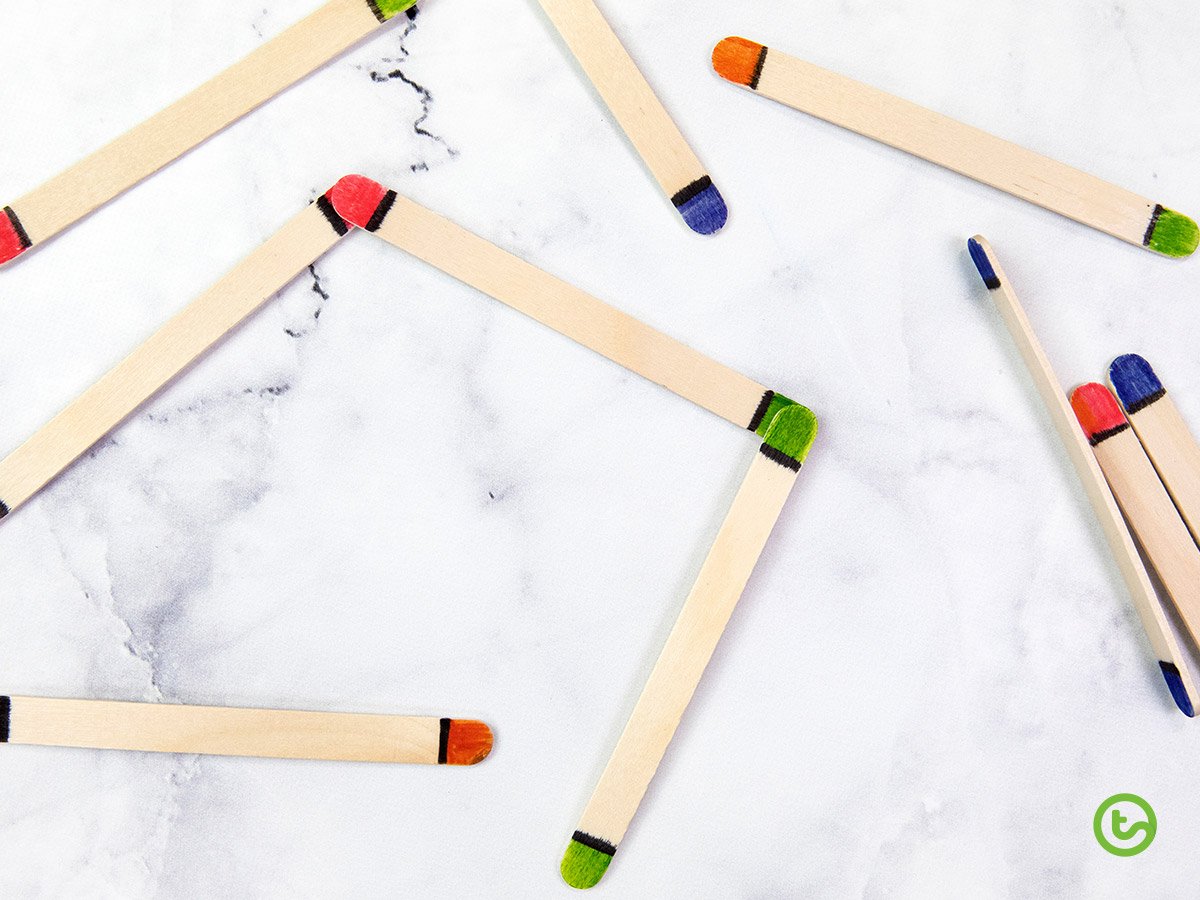




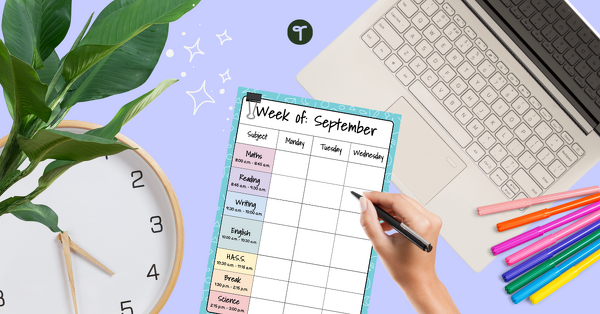
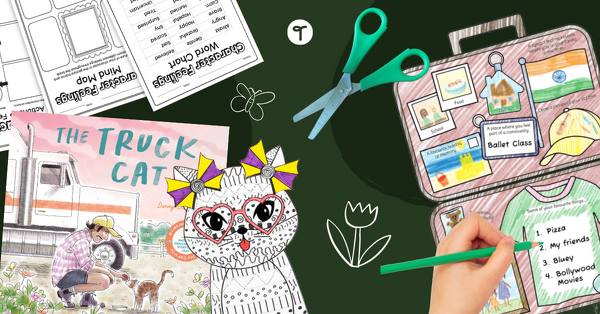
Comments